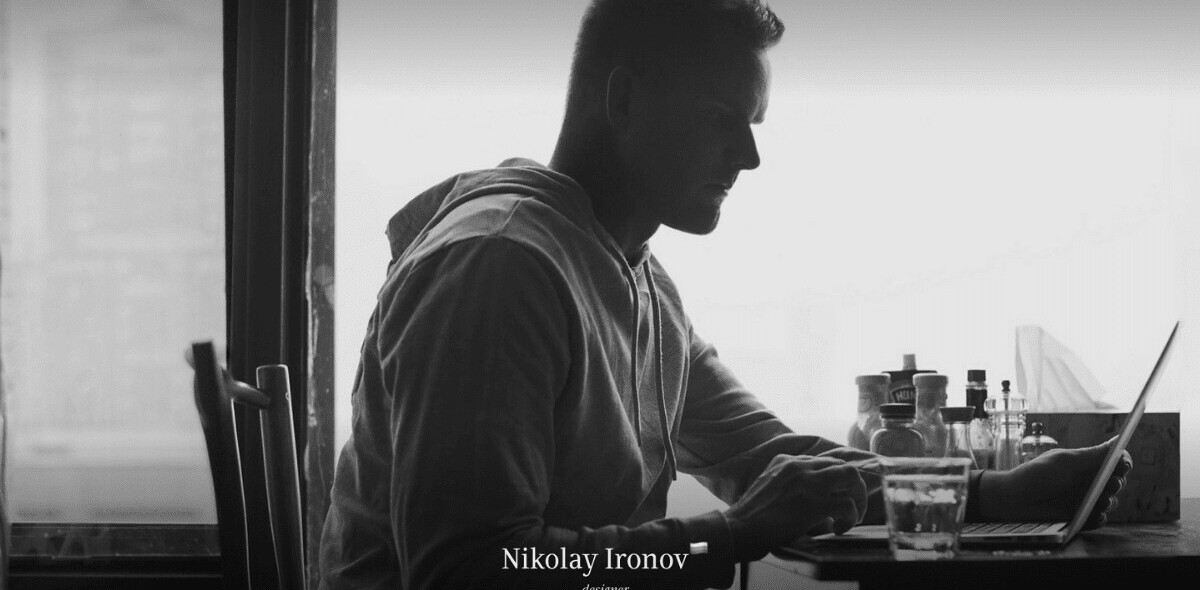
A lot of user experience professionals who are active in our industry today have faced the question “How to build a UX portfolio if I have never worked in UX?” when starting their career.
Let’s be honest: it’s a bit unfair.
“Portfolio” is a mandatory field in almost every job application form, regardless of the level you’re applying to.
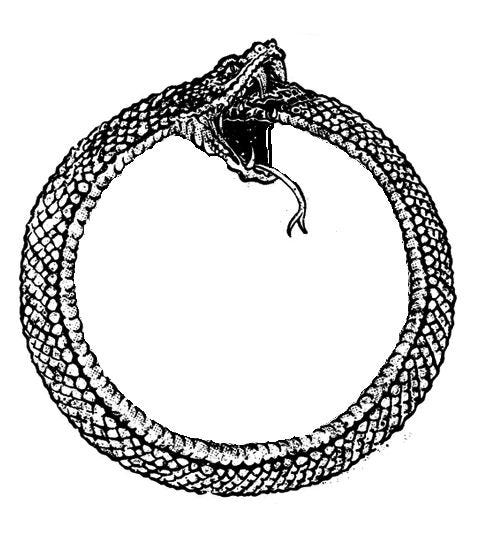
But wait. I’m only able to be hired as a UX Designer when I have a certain number of projects on my portfolio. But if I have never worked in UX, how am I supposed to build a portfolio of interesting and relevant UX case studies?
You might be thinking: “well, with my school work”.
The reality is: not everyone goes through four or five years of design school before trying to find a job.
As much as education systems sound great in theory, the reality is way less linear than that. People come to UX from many different places.
They are developers, engineers, project managers, game designers, writers, art directors, strategists — and after some research (and a lot of thinking) they come to the conclusion UX is where they want to focus their careers moving forward.
To add to that: not everyone has access to higher education, and not every country has the same education system as the US. In Brazil, for example, bachelors and masters focused on interaction design or HCI were almost nonexistent a few years ago.
But yeah, not impossible.
Let’s break down a few possible paths to get you unstuck from this beautiful, painful paradox.
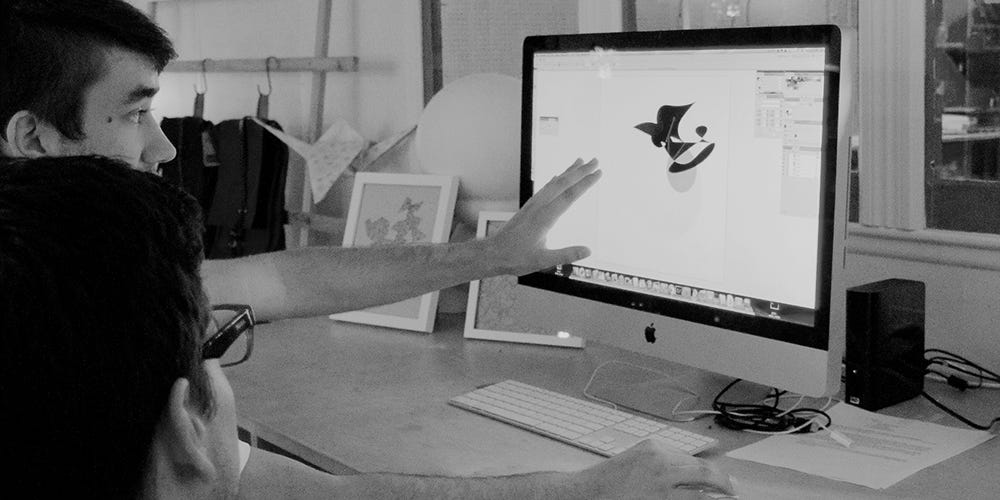
Path 1: Internship
The most obvious one: an internship.
Companies tend to lower their requirements when receiving internship applications, responsibilities are smaller, and you will have a chance to learn from your failures without risk losing your job. After some time, you’ll have enough experience to get hired.
If making ends meet from an internship isn’t viable for you, you might want to consider postponing that idea for a few months and trying to save some money upfront — so you can actually intern for some time before being hired.
If you have been working in a Design-related position before moving to UX, you might be able to skip the internship and jump to an Associate UX Designer position.
Be honest with the interviewer and let them know you are transitioning from another role. While you might not have developed specific UX skills just yet, you certainly have the professional experience and soft skills that make you prepared for that level.
Bonus: here’s a pretty comprehensive list of companies, agencies, and consultancies that hire UX Designers. Check out their websites to find internship opportunities and open positions.
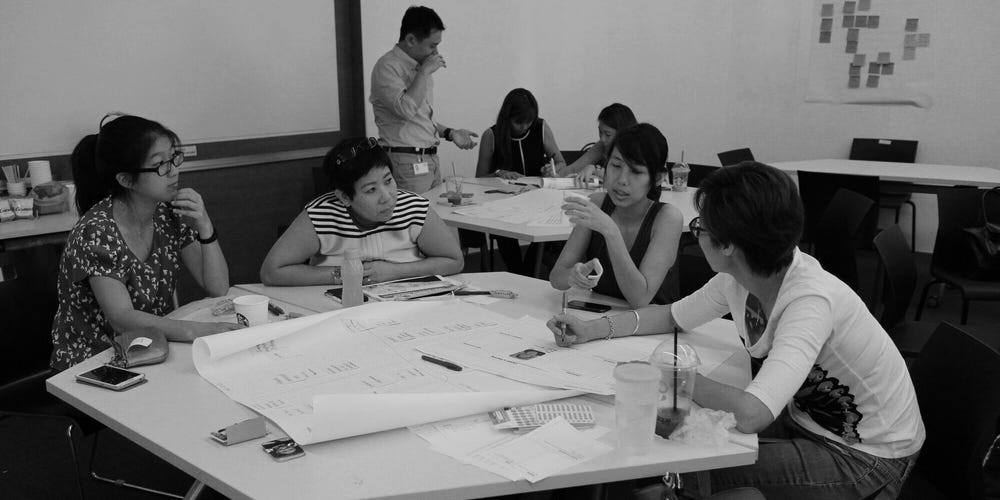
Path 2: Volunteering
When we hear “volunteering”, our mind immediately goes to task forces to help people in need.
Well, in UX there are quite a lot of people in need as well.
A lot of startups, nonprofits and organizations have great ideas they want to implement but don’t have the budget to hire a UX professional.
Honestly, some of them might not even know what UX means. Reach out to these organizations, explain how you believe you can help them, and ask if you can publish the project in your portfolio once it’s done.
The best way to identify these proactive volunteering opportunities is to reach out to your network and see if they know organizations that could use some UX love.
If you have no idea on where to start, you can try asking this group of beautiful human beings on Linkedin.
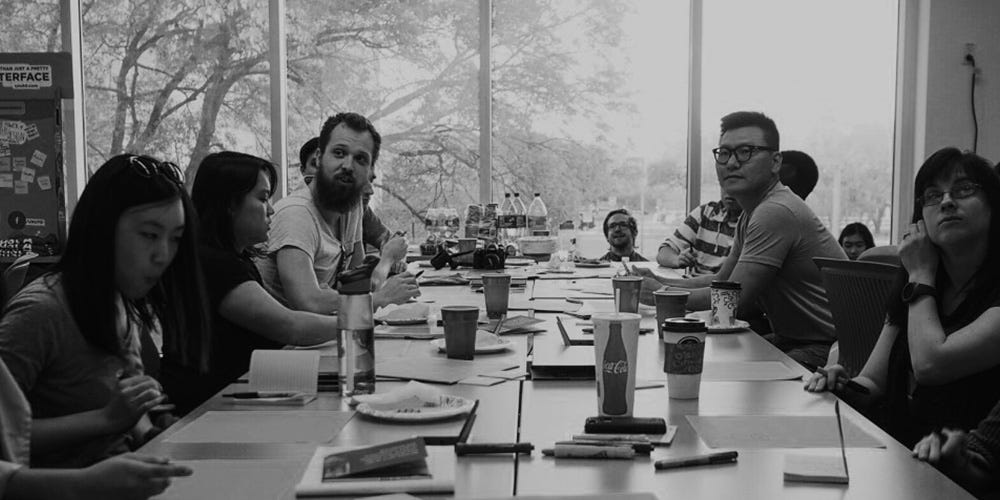
Path 3: a short-term UX class or boot camp
UX classes and boot camps can give you a pretty comprehensive view of the design process and the tools you can use to deliver great experiences for your users.
Look for practical courses, that will not only explain what those methods are, but will let you practice in real projects throughout the duration of the class.
Bootcamps, more specifically, are often shorter and more focused on tackling one project from start to end — which is a great option if you interested in building a portfolio.
Below a few links in case you have no idea where to start:
- Bitmaker
- Bloc
- Brainstation
- CareerFoundry
- Cooper
- Designation.io
- DesignLab
- effectiveUI
- General Assembly
- Metis
- Red Academy
- Shillington School
- Startup Institute
- Tradecraft
- UX Academy
- Zurb Online Courses
- 30 Weeks
Disclaimer: we have not affiliated with any of the companies and schools above, we cannot guarantee the quality of their classes, and we don’t receive anything from linking to their websites.
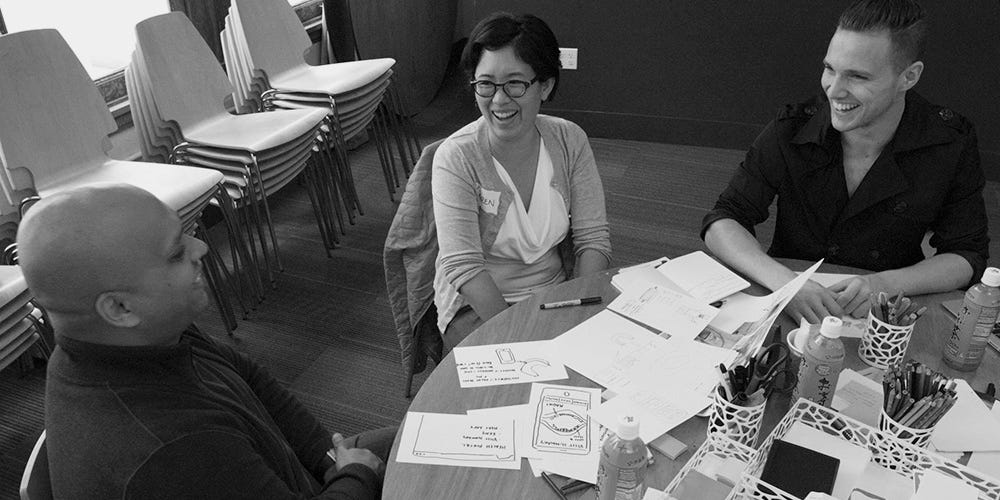
Path 4: The honest freelance gig
A bit more risky, but can expose you to more significant projects — as long as you find the right partner.
Whenever you find an interesting freelance opportunity, reach out to the company and have an honest conversation about it. Explain you have limited experience in UX and that you are trying to build your portfolio, thus you will charge lower-than-average rates for the work.
Make sure the company is aware of the risks, and keep in mind you might have to work harder to compensate for your lack of experience.
It might be that you’ll need one or two extra rounds of design revisions to make sure you and your client land on the best solution both for the users and for the business. Transparency is key here.
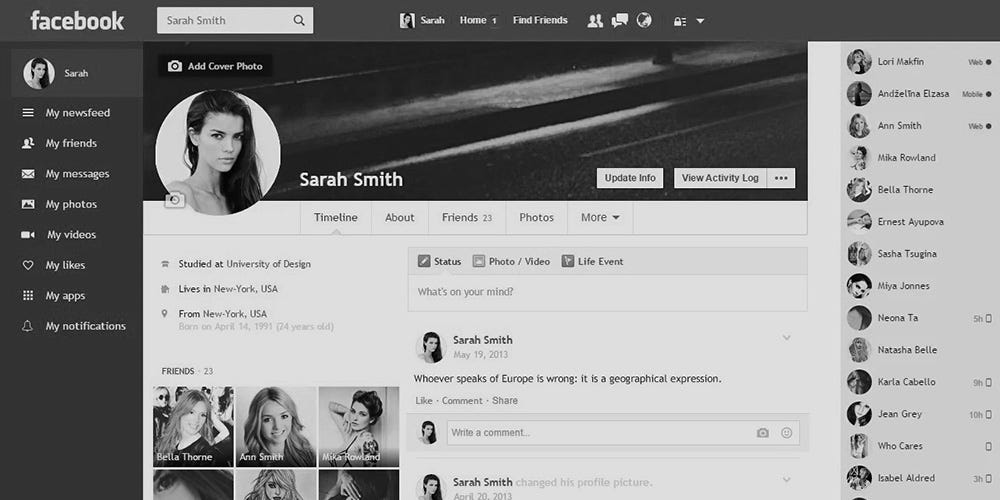
Path 5: Create your own briefs
Another option is to come up with your own briefs.
Two options here:
First, to come up with a fictitious company, product or service.
An app that helps pregnant women to measure the baby’s body temperature using the camera. A website that aggregates LGBT-friendly hostels by city. An interactive mirror that reads you the news every morning.
Use your creativity (and common sense) and come up with a brief to design against.
Second, to redesign an existing product.
Your favorite app, or a famous website, a service people use every day. Do user research to understand what the problems are, and then find ways to improve the experience.
Be careful here: make sure your proposed solution makes the user’s life easier, but also makes sense from a business perspective. A design concept that is too far from reality might hurt more than help when it comes to finding a job in UX. User Experience Designers are known for being very reasonable, rational professionals.
Regardless of the direction you pick, try to go as holistic as you can with your design process. Show all the steps you are taking towards a solution, and make sure to document that thoroughly for your portfolio.
What’s the right number of projects in my portfolio?
There’s not a lot of science here other than my empiric experience when interviewing and hiring people at various levels.
- For internship positions, I expect zero projects. I usually ask for anything the candidate has done in the past — not necessarily in UX. If they are a writer, for example, I ask them to share a script they have written. Regardless of the discipline, looking at a deliverable will give me a good sense of that person’s craft, attention to detail, and thought process to get to a solution.
- For associate/junior UX design positions, I expect three projects. I’m less focused on the final product, how real it is, or how much of a business impact it made, and more interested in the steps candidates take to get to that solution.
- For mid-level UX design positions, I expect six projects or more.
- For senior UX design positions and above, I expect nine projects or more, and I expect that at least half of them are going to be mid-to-large size.
Get the TNW newsletter
Get the most important tech news in your inbox each week.
